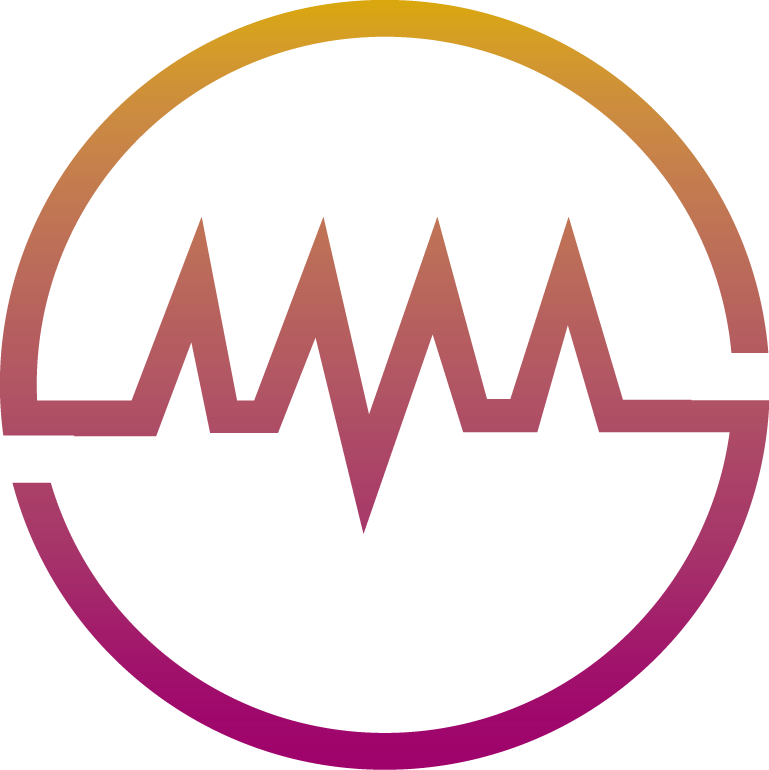For more than half a century, lithium has been one of the most reliable treatments for bipolar disorder. It has given countless people the ability to stabilize their moods and reclaim lives otherwise disrupted by cycles of mania and depression. But lithium comes with inherent risk: its therapeutic range is narrow, which means that the difference between a helpful dose and a harmful one is surprisingly small. Too much lithium in the body can lead to a cascade of health problems, including neurological confusion, tremors, kidney dysfunction, and, though much less well known, potentially dangerous effects on the heart. In a recent publication, Dr. Jeffrey Curran Henson of the University of Arkansas for Medical Sciences, and colleagues, shed light on one of lithium’s most alarming but underappreciated risks: its ability to disrupt the heart’s natural pacemaker, the sinus node. Their case study and systematic review tell the story of a patient whose life was threatened not by the mental illness she had long managed, but by the very medication that had allowed her to manage it. And in that story, the researchers also describe a novel way out: a treatment that avoided the need for invasive procedures and could reshape how we think about emergency care for lithium-related heart complications. More
Most of us think of lithium as a psychiatric drug, but lithium does not limit its effects to the brain. Once inside the body, it interacts with multiple organs, including the heart where it can act to disrupt the natural pacing rhythm of the sinus node. The sinus node is a cluster of specialized cells in the right atrium which acts as the body’s natural pacemaker. It sets the rhythm of the heartbeat, keeping it in sync to sufficiently pump blood to the body. When the sinus node fails, the condition is known as sinus node dysfunction (or SND) or Sick Sinus Syndrome.
Symptoms can be subtle at first, and include fatigue, dizziness, and fainting spells. But in its severe forms, SND can cause the heart to slow dramatically or even pause altogether. While many causes of SND are well recognized, including heart disease and aging, the role of lithium is far less widely discussed. Dr. Henson’s research makes it clear: lithium can disrupt the electrical currents that allow the sinus node to fire, throwing the heart into disarray.
The case that Dr. Henson and his team reported involved a 73-year-old woman with a history of schizophrenia and bipolar disorder. She had been on lithium therapy for many years, but when she arrived at the hospital, her condition was dire. She was fatigued, confused, and trembling. Her heartbeat, normally around 70 to 80 beats per minute, had slowed to barely half that, sometimes dipping into the 20s.
Initial tests revealed that her lithium levels were significantly above the therapeutic range. Worse, her kidneys were struggling, a complication that can increase lithium retention by reducing the body’s ability to clear it. Doctors tried atropine, a drug commonly used to raise dangerously slow heart rates, and it worked, but only temporarily. Within hours, her heart rhythm deteriorated again.
At this point, the typical next step would have been invasive: either inserting a temporary pacemaker, considering permanent implantation, or starting dialysis to rapidly remove lithium from the bloodstream. But her family wished to avoid aggressive measures. That’s when Dr. Henson’s team decided to try something unprecedented in this context: theophylline.
Theophylline is not a new medication. It has been used for decades, mainly as a treatment for asthma and other lung conditions. Its effects include relaxing airway muscles and improving breathing. But it also has a lesser-known property: it can stimulate the heart, nudging it to beat faster. Theophylline works in two main ways: it blocks a natural enzyme called phosphodiesterase, which helps relax the airways and improve heart function, and it also blocks the effects of a natural chemical called adenosine, which normally slows the heart. By reducing the bioavailability of adenosine, analogous to lifting a brake, theophylline helps the sinus node fire more regularly, restoring the heartbeat’s rhythm.
In this patient, a dose of oral theophylline made the difference. Within twelve hours, her heart’s natural pacemaker, the sinus node, began to recover. Normally, the sinus node sets the pace, beating around 60 to 100 times per minute. If it fails, the heart can fall back on slower backup sites: the atrioventricular junction, which paces at about 40 to 60 beats per minute, or, as a last resort, the ventricles themselves, which beat even more slowly at 20 to 40 beats per minute. In this case, her heart had been relying on the slower junctional rhythm, but with theophylline on board, the sinus node gradually regained control. By the next day, it was once again setting the pace, restoring a healthy rate and normal rhythm.
Remarkably, this was the first documented case of theophylline being used to correct lithium-induced sinus node dysfunction. The drug offered temporary but critical support, buying time for the patient’s lithium levels to drop safely without resorting to invasive procedures. She left the hospital without needing a pacemaker, and her lithium therapy was discontinued in favor of alternative psychiatric treatment.
The case was only one part of Dr. Henson’s study. To understand how often lithium causes such heart problems, his team reviewed the scientific literature, combing through more than a thousand reports before narrowing down to 49 studies. In total, they identified 57 patients across decades of medical literature who had suffered lithium-induced sinus node dysfunction.
Most patients (over 60%) had lithium levels above the therapeutic range when they developed heart rhythm problems, but some experienced dysfunction even at “normal” or “low” levels. Symptoms varied, but fainting and severe dizziness were among the most common. About one in five required medications to artificially boost heart rate or blood pressure.
Nearly 30% needed some form of pacemaker support, either temporary or permanent. Although most patients recovered once lithium was stopped, a small number suffered permanent heart dysfunction, and unfortunately, a few did not survive. This review, the most comprehensive on lithium-induced SND to date, underscores that lithium’s risks to the heart are not rare flukes. They are real, potentially deadly, and often overlooked.
The broader lesson of Dr. Henson’s work is not just about one patient or one drug. It is about medical creativity and the willingness to try something unconventional when standard treatments are either too risky or too invasive. Theophylline, in this case, provided a bridge: a safe, relatively non-invasive option that could stabilize a patient until the body recovered from lithium’s toxic effects.
Importantly, Dr. Henson and colleagues do not suggest replacing established treatments with theophylline. Hemodialysis, pacing, and other interventions should still be considered first line medical therapy in most cases, but their findings raise the possibility of adding another tool to the physician’s toolkit, one that may spare some patients from unnecessary procedures or aggressive interventions.
Beyond the technical details, this story reminds us of the human complexity of medicine. Lithium remains one of the most effective drugs for controlling bipolar disorder. For many patients, it is literally life-saving. Yet it can also threaten life in ways that patients and even doctors may not fully anticipate.
Balancing these risks and benefits is part of the delicate art of psychiatry and internal medicine. What Dr. Henson’s research brings into focus is the need for vigilance: careful monitoring of lithium levels, awareness of its cardiac effects, and readiness to act quickly when signs of toxicity appear.
For the patient at the center of the case report, that vigilance and creativity saved her life. For the broader medical community, it opens the door to new thinking about how we manage the side effects of old, trusted drugs. Lithium will continue to help countless people. But thanks to research like this, patients and doctors alike may face fewer trade-offs between mental stability and cardiac safety.







